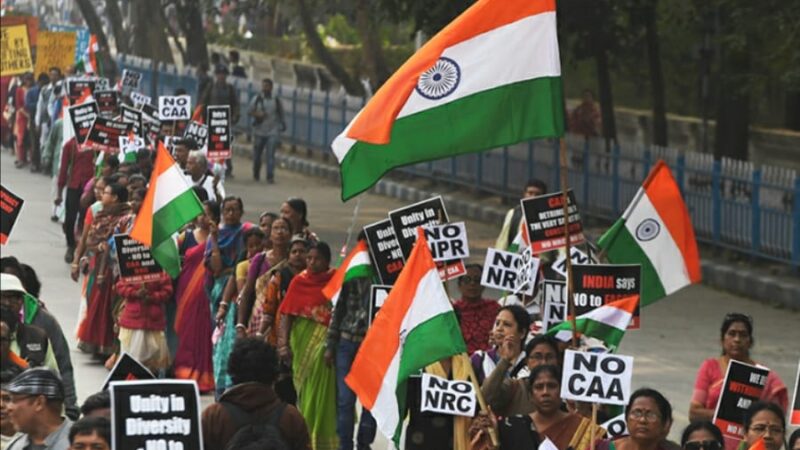India’s Prison Problem: Female Incarceration

The Indian Prison System, like many around the world is, at best, deeply flawed. The situation for women specifically in Indian prisons is both convoluted and disturbing. The problem is that the system is multi-layered, but starts with conviction. About 67% of people currently inhabiting Indian prison are not yet convicted. That means thousands of people are in jail without having been found guilty of anything. Heavy bureaucracy and sluggish court processes means that having your day in court is neither a fluid nor a swift process. This has resulted in a situation where petty criminals and even innocent people are turned into hardened delinquents or, at the very least, exposed to brutal conditions of prisons.The slow processing has also lead to heavily overcrowded prisons. State prison systems are about 50,000 people too full nationally. The resulting strain on resources means that some of India’s 1,391 prisons are far graver punishments that others. Prisons in some regions lack proper facilities. Clogged, water-less toilets, overcrowded prison cells and low supplies of water, food and cleaning products all endanger prisoners on a daily basis. Fights can break out over buckets of water, and prison-life is rife with crime syndicates dedicated to extortion, racketeering, smuggling and more. If the picture of a potentially innocent individual spending weeks, months or even years waiting for their day in court in putrid, dangerous environments isn’t bad enough, it gets uniquely worse for women. Sexual abuse behind bars is abundant in ill-secured prison. In 2014, Female inmates in the infamous Parappana Agrahara prison in Bangalore accused prison guards of forcing them into prostitution. Male inmates were charged 300-500 rupees for sex with some female prisoners. Officials from the prison deny this, and the prison remains dangerous.Along with this sexual abuse is the issue of the hundreds of children being born behind bars? Many Indian prisons have a policy wherein mothers are allowed to raise their children in prison until the child turns 5 or 6. There are around 2000 children currently residing in Indian prisons. After the age of 6, these children are sent out to live with family, friends or, for the unlucky, the street. On one hand, desperately poor families may find the housing and food provided by prisons a better step up. On the other hand, there is the issue of normalization of criminality for these children. Studies have proven that allowing their mothers to say with their children reduces chances of recidivism, however the effect on the children, especially in the more dangerous prisons, can be catastrophic Even in the event that a woman can leave prison, her prospects are low. Gender inequality means that for many women in India, marriage seems to be the only road to social security. This pressure intensifies for female inmate; not only are many of them poor, but studies show that a large percentage of Indian inmates have mental disabilities. Consequently, when exiting prisons many of these women, and their families, seek a marriage. Prison reduces their prospects significantly, leading to situations where a woman leaving prison may be looking forward to a life with a hardened criminal who agrees to marry her. Regardless of their crimes or personality, it becomes the only option. The Indian prison system is a terrifying picture for anyone. A system so unjust and under-regulated is a concern for many, but as with the rest of the world, prisoners get the least amount of care in India. For the foreseeable future, babies behind bars, abuse and lack of sanitation, promise to be the norm. ————– About the Author: This article is contributed by Uchechi Odikanwa, our intern.






